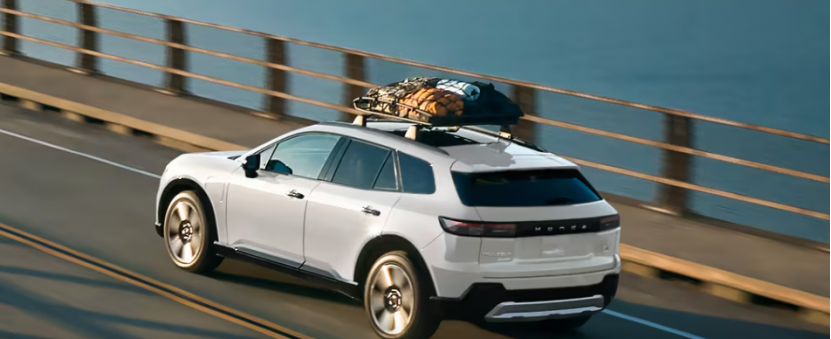According to a report by Nikkei on July 14, Japanese automakers Honda and Nissan have begun discussions on standardizing vehicle control software to catch up with Chinese electric vehicle manufacturers and U.S. electric vehicle manufacturer Tesla. Both companies plan to launch vehicles equipped with new software by the end of the 2020s. In December 2024, Honda and Nissan had discussions about forming the world's third-largest automotive alliance. Although negotiations broke down due to differences in terms, discussions about collaboration are ongoing. Since August 2024, the two companies have been jointly conducting fundamental research on software technology and have stated that they will decide on large-scale production based on research results. Their partnership is advancing under the common goal of software integration. Enhancing driving performance through software updates is expected to become a key competitive factor in next-generation vehicles. Collaborative development of operating systems could allow automakers to charge customers for updates, thereby changing the traditional business model that relies on one-time vehicle sales. Honda and Nissan will work together to develop Software Defined Vehicles (SDV). While traditional vehicles rely on hardware such as engines and components, SDVs can offer better performance and increased functionality through over-the-air software updates. Both Honda and Nissan are currently developing their software platforms and plan to implement them in their respective vehicles starting in 2026. In the future, they aim to create a user-friendly, customizable platform similar to Apple's iOS and Google's Android, applicable to next-generation vehicles set to be released in the late 2020s. They also plan to promote the standardization of components such as high-performance semiconductors and electric motors. By broadening the scope of jointly shared development costs, they will further achieve cost reductions. The decision to collaborate stems from concerns over potential competition for critical data related to SDVs. As the competition for next-generation vehicles will focus on autonomous driving and in-vehicle features, collecting vast amounts of data will become a competitive advantage. Using another company's software could limit the ways vehicle data can be utilized. Development costs could reach trillions of yen (1 trillion yen is approximately 6.8 billion USD). The number of lines of code in automotive software is expected to increase fivefold from 2020 to 2030. More lines of code mean higher development costs. Co-developing a platform will help Honda and Nissan reduce these costs. To lower production costs, Honda will introduce large die-casting technology starting in 2026 — a method for producing large aluminum body parts, while Nissan plans to adopt this technology in some models starting in the 2027 fiscal year. According to data from Canadian firm Precedence Research, the global SDV market size is projected to reach $301 billion by 2034, increasing sixfold from 2023. Tesla operates its own foundational software and has resolved about 40% of recall issues through software updates. In China, tech giants like Huawei are leading innovations in automotive software. However, traditional automakers face challenges in hiring software engineers and find it difficult to independently develop platforms. Therefore, in June of this year, 11 European automakers and parts manufacturers agreed to jointly develop software. Additionally, Toyota is collaborating with Mazda to develop a software platform.
Honda and Nissan Collaborate on Standardizing Vehicle Control Software

Share this post on: